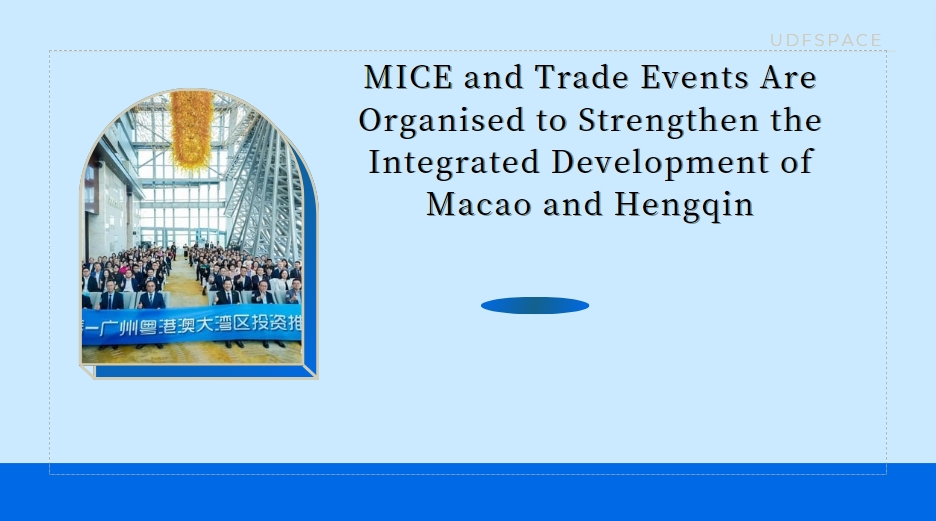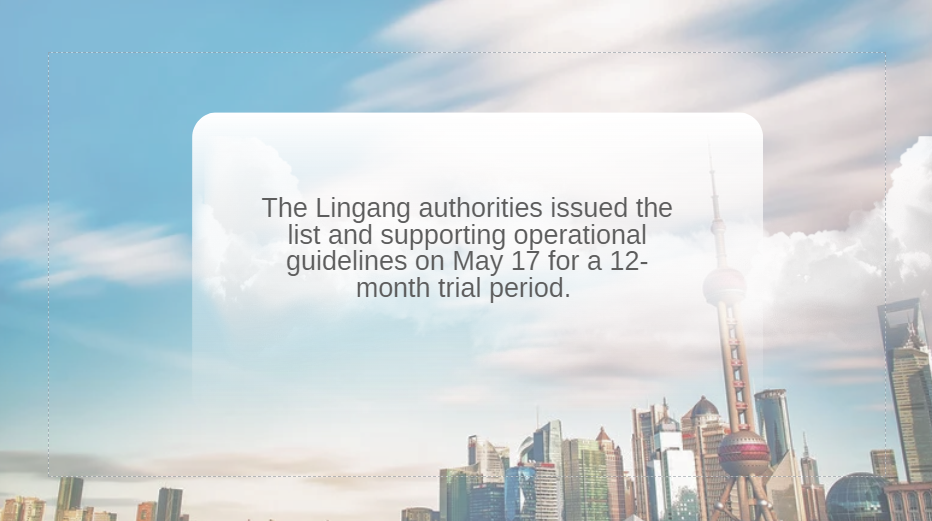Tianjin FT Account Business Surpasses One Trillion Yuan
In a recent update from the official WeChat account of the Tianjin Branch of the People's Bank of China (PBOC), it was announced that the cumulative business volume of Free Trade (FT) accounts has exceeded one trillion yuan by the end of May 2024. This milestone, achieved over five years since the launch of FT accounts, underscores their vital role in promoting the high-level development of the Tianjin Free Trade Zone (FTZ). The PBOC Tianjin Branch, guided by market demand and committed to serving the real economy, has continuously enhanced the functionality and application of FT accounts in trade finance and cross-border settlement.
Collaborative Efforts to Foster FTZ Financial Development
The PBOC Tianjin Branch, in collaboration with ten entities including the Municipal Financial Bureau, the Municipal Commerce Bureau, and the Free Trade Zone Administrative Committee, has formed a dedicated task force to drive the financial development of the FTZ. This collective effort has led to the establishment of a core data ledger for FT accounts and a regular reporting platform, facilitating seamless data exchange among task force members. These initiatives have notably supported the growth of specialized industries such as leasing within the FTZ, with FTZ enterprises handling settlements amounting to approximately 400 billion yuan, representing over 40% of the total.
Supporting Real Economy Enterprises
Utilizing the dual-market advantages of onshore and offshore financing provided by FT accounts, the PBOC Tianjin Branch has focused on providing preferential financing rates and loan support to key industries such as finance leasing, new energy, power generation, and automotive. Since its inception, the FT account system has facilitated over 60 billion yuan in loans to FTZ enterprises. Furthermore, the branch is actively exploring optimized cross-border financing models, guiding banks to offer forfaiting under FT accounts and risk participation financing, thereby benefiting numerous multinational commodity enterprises.
Innovating FT Account Functionality
To bridge policy gaps for non-FTZ enterprises, the PBOC Tianjin Branch has pioneered the FT branch model, enabling these businesses to benefit from FTZ policies. This innovation has facilitated the implementation of new scenarios for cross-border bulk salary payments, allowing large state-owned enterprise subsidiaries to efficiently distribute salaries and pay taxes for overseas employees, significantly enhancing funds settlement efficiency.
Leveraging FT Account Products
Balancing risk management with growth promotion, the PBOC Tianjin Branch has leveraged FT funds pools to facilitate cross-border capital adjustment and aggregation for multinational corporations. As of May 2024, these full-featured cross-border RMB funds pools have accumulated nearly 35 billion yuan, significantly boosting Tianjin's economic development.
Enhancing FT Account Convenience
The PBOC Tianjin Branch has introduced and optimized the FT account "white list" policy, simplifying management procedures for high-quality clients and lowering the threshold for client recognition. This policy has customized "white list" high-quality enterprises, enhancing trade and investment facilitation. By May 2024, the cumulative business volume for "white list" enterprises had exceeded 300 billion yuan, reflecting the "the better the quality, the greater the convenience" regulatory philosophy.
Understanding FT Accounts
Q: What is an FT account?
A: An FT account is a unified local and foreign currency account opened by financial institutions in the accounting units of the Free Trade Zone based on customer needs. FT accounts adopt a main-sub account model with RMB as the main account and foreign currencies as sub-accounts. These accounts follow uniform rules and cannot handle cash transactions.
Q: What types of FT accounts are there?
A: There are five types of FT accounts: three institutional FT accounts (FTE, FTN, FTU) and two personal FT accounts (FTI, FTF).
Q: What are the management principles for FT accounts?**
A:FT accounts follow the principles of "macro-prudential management at the first line" and "limited penetration at the second line." These principles govern the transfer of funds between FT accounts and non-FT accounts, requiring authenticity verification by financial institutions.
Building a Full-Function Cross-Border RMB Funds Pool
Q: How to build a full-function cross-border RMB funds pool?**
A: A multinational enterprise group must have at least three domestic and foreign production and operation member enterprises established for over a year. The main enterprise, authorized by the board of directors, opens an FTE or FTN account to manage the funds pool.
Q: How to use the funds pool?
A: Funds must come from business activities, not external financing. The pool can be used for domestic market investments, overdrafts, and wealth management, supporting multinational groups in managing global RMB funds within China.
Q: How to manage the funds pool?
A:Management includes unrestricted "first line" transfers and RMB-based "second line" aggregation under macro-prudential frameworks, ensuring balanced funds flow. Certain enterprises are excluded from participating, such as those on the export key supervision list or those involved in real estate.
Advantages of FT Accounts
"Less Running": FT accounts integrate local and foreign currency management, eliminating the need for multiple accounts, reducing management costs, and increasing efficiency.
"Cost Reduction": FT accounts allow enterprises to choose between onshore and offshore financing options, benefiting from better financing rates and currency exchange cost savings.
"Efficiency Enhancement": FT accounts facilitate efficient fund settlements, simplifying processes and reducing the need for multiple bank interactions.
"Attracting Foreign Investment": FT accounts serve both domestic and foreign enterprises, enhancing financing channels and service quality.
"Lower Threshold": FT funds pools have lower entry requirements, allowing flexible currency aggregation and reducing financial risks and costs.
Case Studies
Since the establishment of the Tianjin FTZ over seven years ago, 125 financial innovation cases have been released, with six involving FT accounts. These cases demonstrate reduced costs, diversified financing channels, and improved efficiency.
1. China Merchants Bank Tianjin Branch opened an FTE account for an enterprise, saving foreign exchange costs and handling over 33.3 billion yuan in transactions by Q3 2022.
2. Bank of China Tianjin Branch established a full-function cross-border RMB funds pool for a corporate group, enhancing cross-border fund connectivity and efficiency.
3. China Merchants Bank Tianjin Branch created a full-function cross-border RMB funds pool using an FTN account, gathering around 15.2 billion yuan by Q3 2022.
4. The Tianjin FTZ Airport Zone, guided by the PBOC Tianjin Branch, introduced the "branch + FT account" model, extending FTZ benefits to non-FTZ enterprises nationwide.
5. Bank of China Tianjin Branch handled the first nationwide employee salary and tax payment through an FTN account.
6. Bank of China Tianjin and London branches completed the first international letter of credit financing risk participation under FT accounts, supporting a large multinational enterprise with 1.63 billion yuan in financing by June 2022.
These examples highlight the effectiveness and replicability of FT accounts in reducing costs, improving efficiency, and supporting the real economy.























































First, please LoginComment After ~